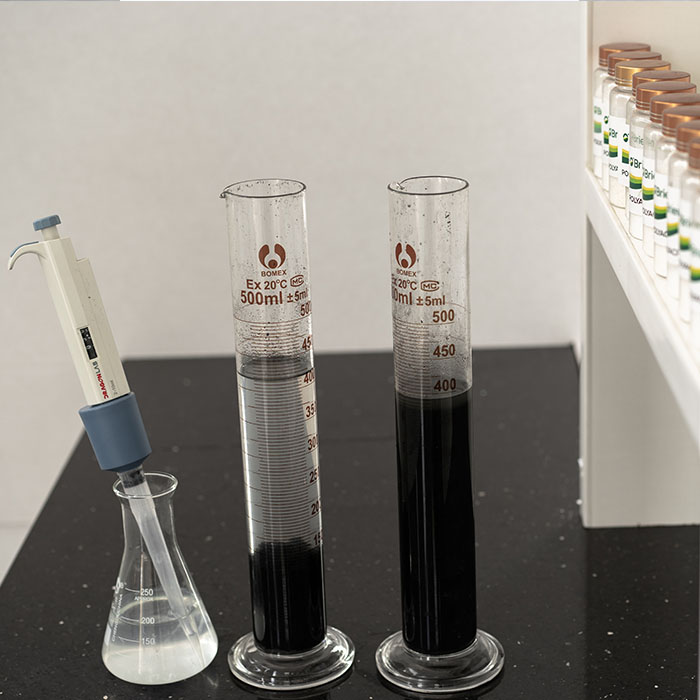Polyacrylamide (PAM) is a type of water-soluble linear polymer formed by free radical polymerization of acrylamide monomer. At the same time, it is also a kind of high molecular flocculant for water treatment that can absorb suspended particles in water, play the function of linking and bridging between particles, make fine particles shape larger flocs, and accelerate the rate of sedimentation.
Misunderstanding 1: the higher the PAM molecular weight, the higher the flocculation efficiency, the better the outcome.
It doesn’t have to be that way. There are more than 100 forms of polyacrylamide. Sewage provided by different industries has different properties, such as acidic water quality, alkaline water quality, neutral water quality, oil contamination, organic matter, colour, sediment and various conditions. Not only does one form of polyacrylamide solve all the issues, but the waste with varying water content can be treated to the norm.It is important to choose the form by means of small-scale trials, and then to carry out experiments on a computer to determine the optimum dose in order to obtain the best effect of lower consumption and low cost.
Mistake 2: Pick by molecular weight and ion degree
Ionic degree applies to the electronegativity, electronegativity and charge density of the ion charge of this chemical reagent. The higher the ionic degree, the lower the molecular weight, the higher the ionic degree, the higher the price of the component. Ionic degree determines the compactness and water content of flocculent types. Further tests are needed to decide the type of polyacrylamide used for the selection process.
Misunderstanding 3: the longer the stirring time of PAM, the better.
The appearance of polyacrylamide is that white crystal crystals, usually about 60-80 mesh, should be fully dissolved when used.
In general, the dissolution and mixing time should not be less than 30 minutes and the dissolution and mixing time should be increased while the temperature is poor in winter.
In certain situations, owing to the short period of degradation and irritation, PAM is not fully dissolved and cannot be easily and quickly flocculated in wastewater.
Misunderstanding 4: the higher the concentration, the greater the impact of flocculation
The concentration of polyacrylamide is typically 0.1 per cent-0.3 per cent, which is appropriate for flocculation and sedimentation (depending on the molecular weight or PAM sedimentation rate). The structure concentration of urban and industrial sludge is between 0.2 per cent-0.5 per cent (the configuration concentration can be changed in compliance with the sludge concentration).
The concentration of PAM relies solely on the concentration of waste and sludge. If the sewage impurities are too high, the dosage of polyacrylamide can be increased. Too high doses can also impact the effect of use so we need to do a decent job of detection, to assess a safe dosage before use!
Misunderstanding 5: the ion properties of PAM can not be chosen on the basis of the real case.
Polyacrylamide can be classified into three types: anionic, cationic and nonionic. Anions are useful for flocculation, sedimentation, oxidation and clarification of wastewater and can also be used for inorganic dewatering of sludge. Cationic polyacrylamide is ideal for flocculation, sedimentation, decoloration and clarification of complex water content, industrial dewatering sludge and organic dewatering sludge. Nonionic polyacrylamide is ideal for soil water preservation, flocculation, sedimentation and dehydration of poor acidic sewage.
Media Contact
Company Name: QINGDAO OUBO CHEMICAL CO,.LTD
Contact Person: Media Relations
Email: Send Email
Phone: 0532-86135522
Address:805 Room, No.13, B Zone, Wanda Mansion
City: Qingdao
State: Shandong
Country: China
Website: https://www.oubochem.com/

